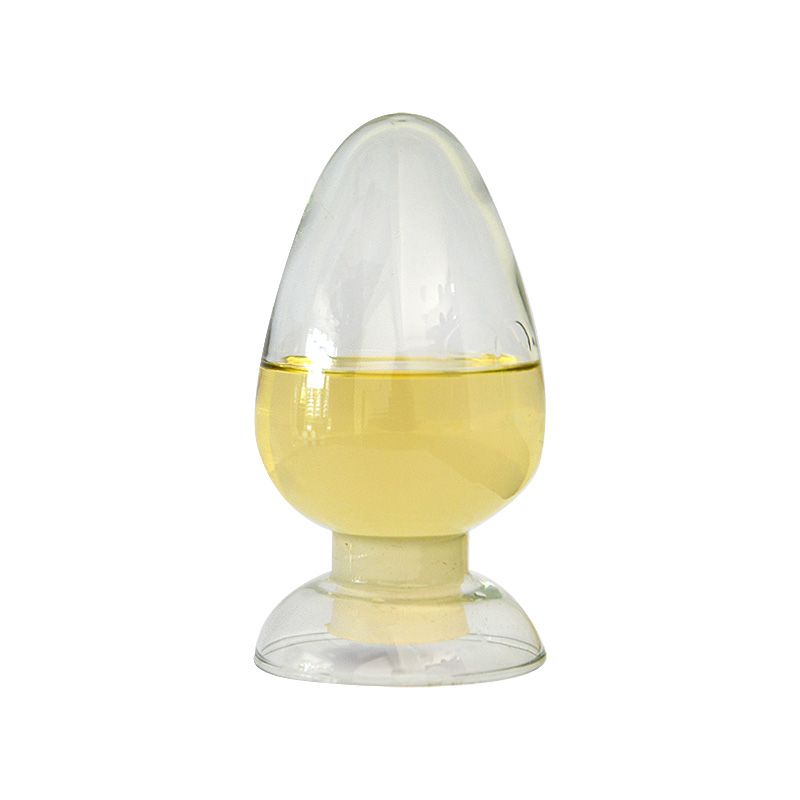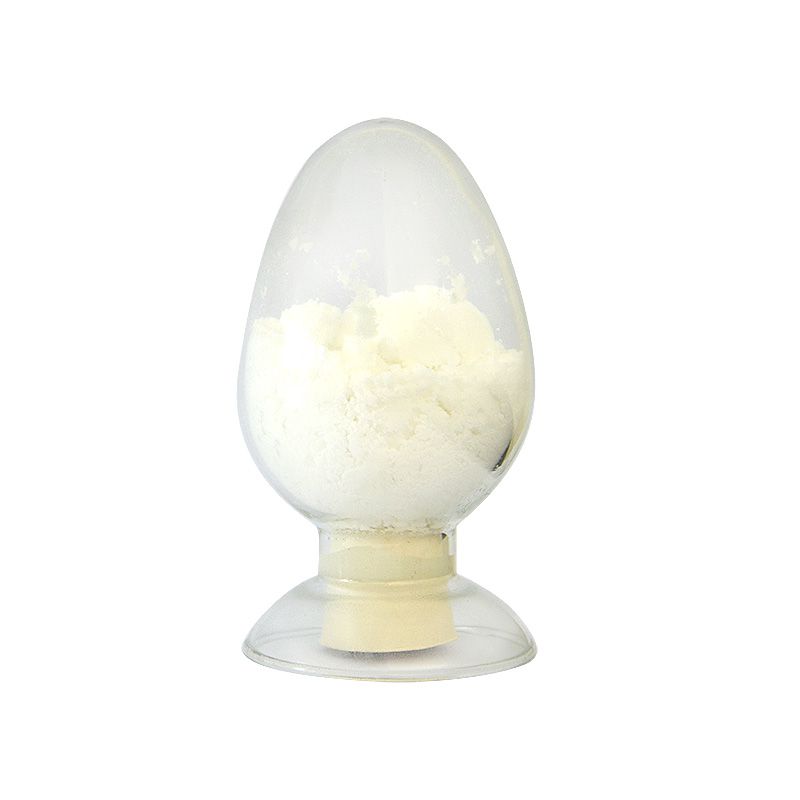-
N-butylmethylpyrrolidine chloride salt
CAS: 479500-35-1
-

N-Ethylmethylpyrrolidine bis (trifluoromethanesulfonyl) imide salt
CAS: 223437-11-4
-

Tetrabutyl ammonium tetrafluoroborate
CAS: 429-42-5
-

Tetrabutylammonium hexafluorophosphate
CAS: 3109-63-5
-

Tetraethylammonium tetrafluoroborate
CAS: 429-06-1
-

Tributylmethylammonium bis (trifluoromethanesulfonyl) imide salt
CAS: 405514-94-5
-

Tetrabutylphosphine bromide
CAS: 3115-68-2
-

Tetrabutylphosphine chloride
CAS: 2304-30-5
Characteristics and advantages of ionic liquids
Ionic liquids refer to liquids composed entirely of ions, such as KCI and KOH at high temperatures, which are in a liquid state and are considered ionic liquids. Substances composed of ions that are liquid at or near room temperature are called room temperature ionic liquids, room temperature molten salts, ionic liquids, etc. There is no unified name for them, but they tend to be abbreviated as ionic liquids.
Ionic liquids are composed of positively charged ions and negatively charged ions, and they remain in a liquid state between negative 100 degrees Celsius and 200 degrees Celsius. In ionic compounds, the interaction force between anions and cations is Coulomb force, which is related to the charge quantity and radius of the anions and cations. The larger the ionic radius, the smaller the interaction force between them, and the lower the melting point of this ionic compound. Some ionic compounds have large volumes and loose structures of cations and anions, resulting in low interaction forces between them and melting points close to room temperature.
Basic characteristics
(1) Wide liquid range, from below or near room temperature to above 300 degrees Celsius, with high thermal and chemical stability;
(2) The vapor pressure is very low, non-volatile, and will not evaporate or dissipate during use and storage. It can be recycled, eliminating the environmental pollution problem of volatile organic compounds (VOCs);
(3) High conductivity, large electrochemical window, and can be used as an electrolyte for electrochemical research of many substances;
(4) The design of anions and cations can adjust their solubility in inorganic substances, water, substances, and polymers, and their acidity can be adjusted to superacid;
(5) Has high polarity controllability, low viscosity, high density, and can form two-phase or multiphase systems, suitable for use as separation solvents or forming reaction separation coupling new systems;
(6) It exhibits good solubility for a large number of inorganic and material substances, and has dual functions as a solvent and catalyst, making it suitable as a solvent or catalytic active carrier for many chemical reactions. Due to the unique properties and behaviors of ionic liquids, they are considered to form the three major green solvents along with supercritical CO2 and aqueous two-phase systems, and have broad application prospects.
Related advantages
Ionic liquids are odorless and non flammable, with extremely low vapor pressure, making them suitable for use in high vacuum systems while reducing environmental pollution caused by volatilization;
Ionic liquids have good solubility for both inorganic and inorganic substances, allowing reactions to occur under homogeneous conditions while reducing equipment volume;
3. It has a wide operating temperature range (-40~300 ° C), good thermal and chemical stability, easy separation from other substances, and can be recycled;
4. It exhibits the acidity of Lewis and Franklin acids, and the acid strength can be adjusted.


